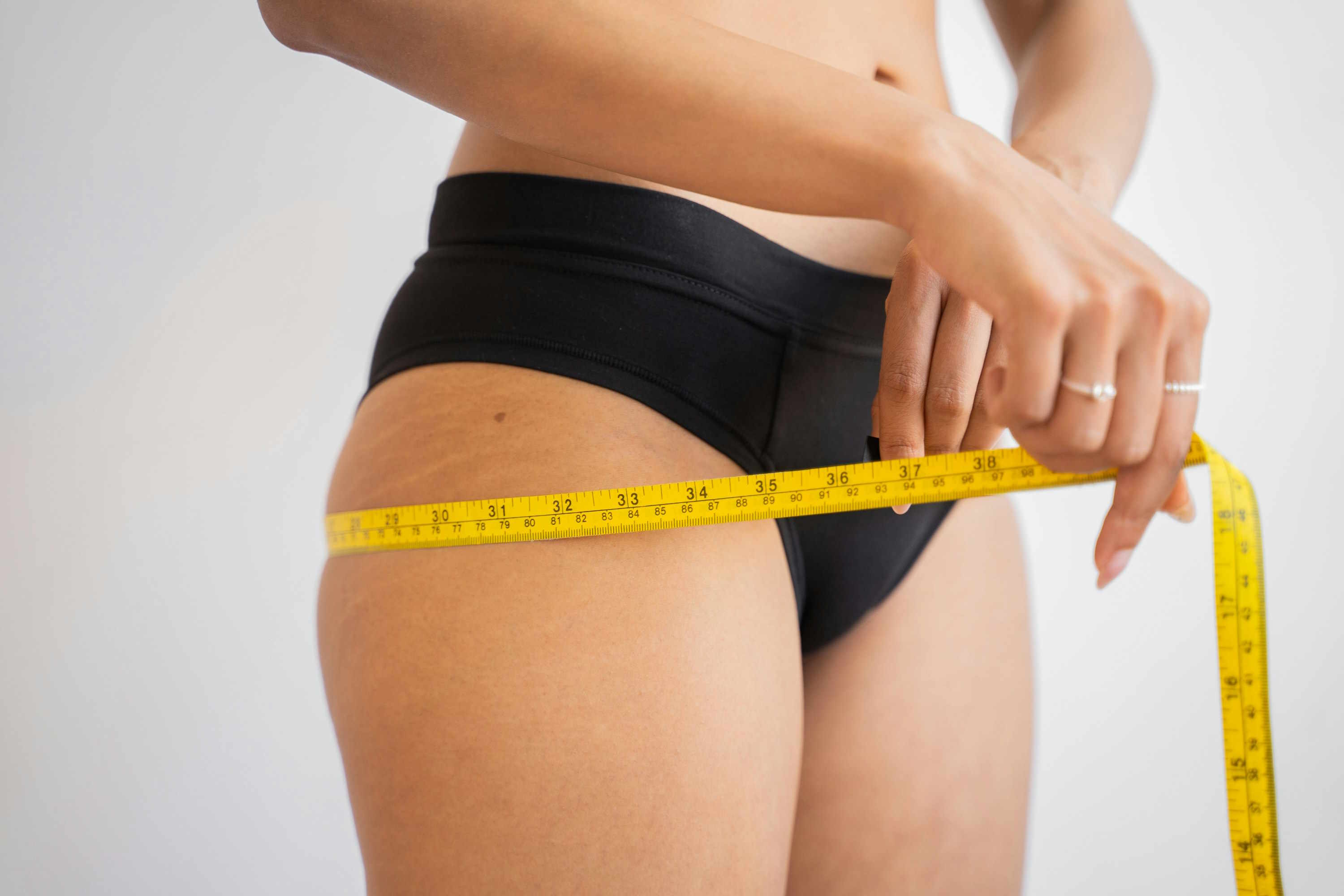Surgical Liposuction: How Fat Removal Procedures Work
Discover how liposuction reshapes the body by targeting stubborn fat pockets. This comprehensive overview explains who is a good candidate, common treatment areas, recovery timelines, potential risks, and how liposuction compares to other body-contouring choices. Learn essential facts and questions to ask before scheduling a surgeon consultation.
Liposuction is a surgical method used to eliminate localized fat deposits and refine body contours. While it can create noticeable changes in silhouette and proportions, it is not a solution for broad weight loss and should complement—not replace—a healthy lifestyle. Knowing who benefits most, what the procedure involves, recovery expectations, and possible complications will help you decide whether liposuction fits your goals.
Who is a suitable candidate?
The best candidates are people who are near their target weight but carry stubborn fat in specific areas despite diet and exercise. Surgeons typically evaluate several factors before recommending liposuction:
- Overall good health with no uncontrolled medical problems
- Skin with some elasticity so it can adapt to new contours
- Body weight within a reasonable range of the surgeon’s target (often within about 30% of ideal body weight)
- Clear, realistic expectations about achievable outcomes
Liposuction is not intended as a primary treatment for significant obesity and won’t substitute for lifestyle changes. A one-on-one consultation with a board-certified plastic surgeon can determine whether the procedure is appropriate for your anatomy and objectives.
Common areas treated
Surgeons can remove fat from many regions to create a smoother, more proportionate look. Frequently treated sites include:
- Abdomen and flanks (waist)
- Thighs and hips
- Upper arms and back
- Chin and neck
- Male chest, commonly for gynecomastia
- Ankles and calves
It’s often possible to address multiple zones during the same operation, depending on your overall health, the amount of fat being removed, and the surgeon’s plan.
| Procedure | Typical target | Invasiveness | Downtime | Results |
|---|---|---|---|---|
| Liposuction | Localized fat deposits | Minimally invasive | 1–2 weeks | Immediate change; final contour as swelling resolves |
| Abdominoplasty (Tummy Tuck) | Excess skin and fat in lower abdomen | More invasive | 2–4 weeks | Significant improvement in abdominal shape |
| CoolSculpting | Small pockets of stubborn fat | Non-invasive | Little to no downtime | Gradual fat loss over 6–12 weeks |
| Laser lipolysis | Small, targeted areas | Minimally invasive | 1–2 days | Progressive improvement over several weeks |
Prices, rates, or cost estimates mentioned in this article are based on the latest available information but may change over time. Independent research is advised before making financial decisions.
Potential complications and safety considerations
No surgery is risk-free, and liposuction carries possible complications. Serious problems are uncommon when a qualified, experienced surgeon performs the operation, but patients should be aware of:
- Infection at incision sites
- Bleeding or hematoma formation
- Irregularities in contouring, asymmetry, or dimpling
- Fluid buildup beneath the skin (seroma)
- Temporary or, less commonly, permanent numbness or altered sensation
- Adverse reactions to anesthesia
- Blood clots, including the rare risk of deep vein thrombosis (DVT)
- Scarring or pigmentation changes
A careful preoperative assessment and following all pre- and postoperative instructions reduce many risks. Disclose your full medical history, medications, and any prior surgeries during your consultation.
What recovery looks like
Recovery timelines differ based on the extent of the procedure and individual healing, but many patients experience a predictable sequence:
- Swelling and bruising can persist for weeks to months
- Compression garments are usually recommended to control swelling and help tissues conform to new contours
- Many people can return to sedentary work within a few days to a week, but this depends on how extensive the surgery was
- Strenuous exercise and heavy lifting are typically postponed for 2–4 weeks or longer, following your surgeon’s guidance
- Initial contour changes are visible when swelling subsides; final results often appear over 3–6 months as tissues settle
Follow-up visits are important so your surgeon can track healing, remove sutures if necessary, and manage any concerns promptly.
Comparing liposuction with other contouring options
Liposuction is particularly effective for removing fat from specific, localized pockets and delivers immediate sculpting results. However, other procedures may be better suited to certain needs:
- Abdominoplasty (tummy tuck) addresses both excess fat and loose skin and repairs weakened abdominal muscles, making it more appropriate for patients with significant skin laxity.
- Non-surgical treatments such as cryolipolysis (CoolSculpting) or laser-assisted fat reduction are less invasive and require little downtime but usually work best for smaller areas and produce gradual improvements, often across multiple sessions.
Choosing between options depends on your goals, the amount of fat or loose skin, medical history, acceptable downtime, and budget. A board-certified plastic surgeon can outline the advantages and limitations of each technique for your case.
Making a considered decision
If you’re thinking about liposuction, research board-certified plastic surgeons, view before-and-after photos, and bring a list of questions to your consultation. Be honest about your medical background and what you hope to achieve so the surgeon can recommend an individualized plan. Maintaining stable weight and healthy habits after surgery helps preserve results.
This article is for informational purposes only and should not be considered medical advice. Please consult a qualified healthcare professional for personalized guidance and treatment.







